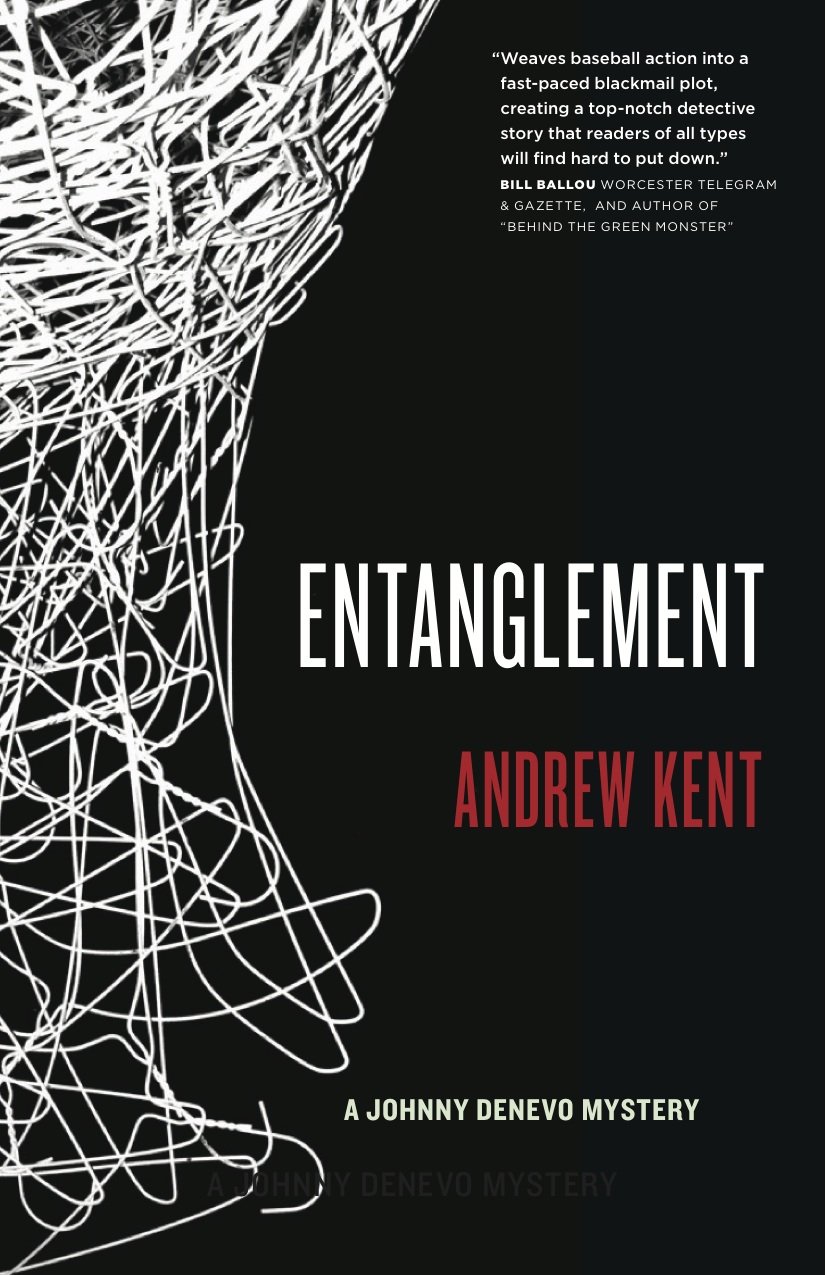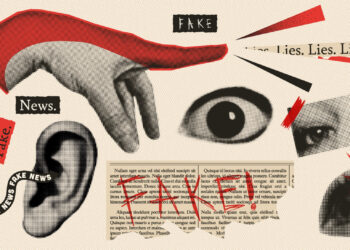
About two years ago, I wrote about my decision to self-publish my first novel, the mystery-thriller “Spam & Eggs: A Johnny Denovo Mystery.” I chose to self-publish for a few reasons — to cut the time to publication; because I’m a publisher in my regular job; and because I’m supposed to be an innovator, so I felt better about doing something new, and print-on-demand and self-publishing seemed like emerging forces in book publishing. Over the intervening 20+ months, e-books have become a very powerful presence in fiction publishing, self-publishing’s stigma has faded to a large degree (you are now an “indie author,” like indie films and indie rock), and print-on-demand has continued its march to the mainstream. For me as an author, a few notable benefits emerged, as well:
- I received an inquiry from a movie producer (it turned out to be a nibble)
- I published my second novel, “The Green Monster: A Johnny Denovo Mystery“
- My first novel was chosen as a Top 10 Book for the Holidays 2010 by More.com and IndieReader.com
- I sold a few thousand books, many of them e-books, and watched as the e-book channel grew and grew in importance
- I learned how to do book signings and author talks, sometimes the hard way
Now, with the publication of my third novel, “Entanglement: A Johnny Denovo Mystery,” the apparently natural boundary of a trilogy has emerged, and I feel the story has been told. The main characters have reached a point of repose, and 240,000+ words seems like enough for now.
This point allows me to look back and assess the self-publishing experience — and ask, Am I glad I did it?
The short answer is, Yes.
As a learning experience, it was excellent. I now know other self-published authors (often award-winning authors with strong sales). I know firsthand how Smashwords, Scribd, Facebook Ads, Google AdWords, PR.com, and many other bookstore and promotional systems work. And I know what it feels like to get ready for a book signing and an author’s talk.
Am I making money hand over fist? No, but I’m making more than I thought I would. And in addition to a steady stream of royalties, I have a little set of my novels on my desk at home and the satisfaction of having written and published three viable novels in the span of two years.
What have I learned?
- I learned I couldn’t have done anything like this with a traditional publisher.
- I learned that the “platform” matters — having more than one book in the field is better.
- I learned that dropping your price can increase your revenues. When I lowered the price of the e-book version of my first novel to $0.99, my sales took off, and I’ve made hundreds of sales per month this way, while feeding sales of my higher-priced sequels.
- I learned that the “stigma” of self-publishing is not a strong force if the books are decent and well-produced.
- I learned that a gracious cover designer is a gift.
Recently, I was asked what a publisher could have provided to attract me, and the clear answer is, “Marketing.” But as Simon Waldman points out in his excellent book, “Creative Disruption,” publishers still think of themselves as filters, editors, and distributors. They don’t think of themselves as marketers, and define marketing in very restrictive ways. For instance, Waldman relates a story about a publisher who couldn’t offer an advance but said the author would make a lot of money giving talks. However, the publisher didn’t have an agency function to market the author as a speaker and take a fee for providing this service. Why not? Because publishers don’t think of themselves as marketers. They think they’re editors and distributors. And their marketing functions have ossified.
The problem for publishers is that editing and design can be purchased, distribution is at everyone’s fingertips (and bookstores were the only channel publishers had, and they’re being disrupted), and publisher brands never really mattered much to the general reader.
And so, as this self-publishing adventure began here, so it shall end. For now. Until another story gives me the itch again.
When it does, I’ll know how to satisfy that itch, and it won’t involve a traditional publisher.
Discussion
14 Thoughts on "A Self-Publishing Adventure Wraps Up"
This is very cool, Kent. Good going!
One of the interesting things I notice about your self-publishing experiments, along with the recent one by Cory Doctorow is that it seems to work much better for electronic publishing than for print. As you note, you were able to set your eBook price to 99 cents, which spurred sales. But the print versions of your books are around $15, which seems pricey when compared with books produced through traditional publishing companies. Doctorow had the great advantages of having lots of talented and famous friends who donated their time and efforts for free, and one patron who paid him $10,000 for a short story to cover costs. And yet the print version of his book costs a staggering $18 for a 6″ x 9″ 360 page paperback.
Perhaps there’s a lesson in there for aspiring self-publishers about formats and approaches which are more feasible than others, and that the technological challenges of print-on-demand are not as well-solved as we would like.
Good points. The pricing around POD isn’t ideal, the problem being that you can’t get to the economies of scale that you can with offset (but you also don’t end up pulping a whole bunch of remainders, which through the beauty of accounting is a lovely write-off for traditional publishers). But the emergence of e-books has definitely allowed for indie authors to flourish — readers can connect with new authors this way through easy sampling, low per-copy pricing, and broad discoverability.
Your success doesn’t surprise me, partly because you are already a savvy publisher and know a lot6 more about the business than most self-published authors do. But I agree with David Crotty that this wouldn’t have been nearly as easy to pull off in the traditional print world, where you would have had to store books and take care of shipping them, for example. POD solves that problem nicely, even if the economics don’t work out particularly well for fiction, where prices are expected to be low, relatively speaking. But I do object to your characterization of publishers’ lack of interest in, or skill at, marketing. For sure, until you are a big name, a fiction publisher would not likely invest the kind of marketing dollars needed to break you out of the crowd, but I can tell you in nonfiction even many university presses, with their limited budgets, can be very creative about marketing, going well beyond what most authors would be capable of doing themselves. And I can assure you of one thing: if you had gotten an offer from a movie producer, you would not have been able to pull off a good deal without having an agent who understands how movie industry contracts work!
My point about marketing bears a bit more elaboration. One of the observations about why book sales have been do easily changed by digital technology (Amazon, e-readers) is that they traditionally had only one outlet — the retail stores. Now, they have thousands of new outlets. Yet, I think traditional publishers still think they’re marketing books, not authors or ideas. Some do “get it.”
Can you elaborate yourself about what kinds of creative approaches you’ve seen in marketing — and not just of books, but of authors and ideas?
Do earlier posts talk about your writing and feedback process for your book? Did you get critique from other writers or from selected readers?
Thanks,
Leslie
You can read a lot about my experience and others’ in a book called, “Backword Books: Full Frontal — Author-on-Author Interviews about Literary Fiction, Independent Publishing, and Sources of Inspiration and Desperation.” It’s a pay-as-much-as-you-like book on Smashwords.
Kent,
Interesting lessons on self-publishing. To my mind the barriers to publishing have dropped dramatically; the barriers to finding lots of readers are as high as ever. There are clever and interesting methods to use the web to find readers, but there is still the issue of cutting through clutter and getting noticed, and that is a problem that will not likely go away soon. Still, you have accomplished a lot and we hope to see you back in the market soon!
Kent,
I enjoyed the experiment and being one of the purchasers of your books. I look forward to getting the third volume for my book shelf. The problem is whether to get it as an ebook or a print book. I enjoy having you autograph my copies, just in case they become valuable some day, but I also like reading on my iPad.
Thank you for your wonderful post. Self-publishing has always sounded attractive to me and I find I’m seeing more and more blog posts from authors that have tried this, and succeeded. Very uplifting!
Kent, I just saw your request for some examples of what marketing can do for an author of a book published by a university press. I’ll give you one that shows the effect of an interview of the author on the Big ten Network that I arranged:
“Sorry about the Penn State Press decision to drop sports. It was a privilege being among the last authors to publish such a book for PSU press. I do not know how many books have been sold, but nothing I have written has given me a better platform for making my argument. The WPSU interview with Patti obviously got out to a very large audience. People from different parts of the country still tell me they have seen it. I have given talks about the book on public radio and scores of other radio shows, and have appeared on ESPN a couple of times. I had to turn ESPN down last week for a show on Ohio State because of a scheduling conflict. The admissions office at the University of New Haven uses signed copies of the book for recruiting, and prospective students seem to love it. Graduate students in my class this fall asked me to autograph the book for them (an all time first). The president of the university, a sixties radical turned academic entrepreneur, sent the book out to presidents in aspirant institutions to help raise our peer review ratings in US News and World Report. He also asked me to me send signed copies to members of the Board and to alumni. I have written op eds in the New York Times, Christian Science Monitor, Los Angeles Times, Indianapolis Star, Street and Smith’s Sports Business Journal, New York Daily News, Inside HIgher Education, the Hartford Courant, and the NCAA News (all since the book was released). I am presenting a keynote address at the NCAA’s Scholarly Colloquium on College Sport in San Antonio next week. People from the department of Justice have read the book and discussed it with me on the phone. The producer of PBS Frontline just finished the book and is using it for background for an upcoming documentary on Sonny Vacarro. I have written a couple of scholarly articles based on material from the book. I am flattered that Mike Oriard virtually used my book as a template. I am taking a leave of absense to serve as president of the Drake Group in 2012. I am president elect right now. I could go on. Suffice it to say that I owe a gigantic debt of gratitude to you and Penn State Press for helping me make a point that I have been struggling to make for over thirty years.” The book in question is this: http://www.psupress.org/books/titles/978-0-271-03368-6.html. As you’ll see, we included a link to the interview on the Press’s web site.



